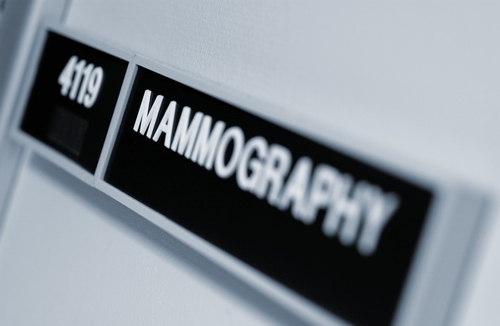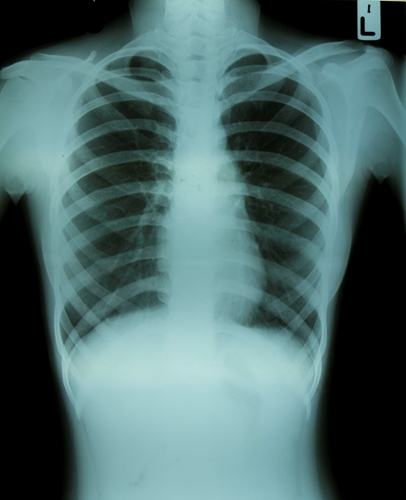Medical imaging has come a long way from traditional X-rays, as new modalities provide more comprehensive results than ever before. These techniques have helped make the care process easier, as doctors can deliver accurate communication that guides patients' clinical decision making.
Many pundits have focused on the benefits of breast density notification statements for women who may be at risk of developing cancer. A new study examined the impact these alerts can have on the continuum of care.
Hypothetical notifications encourage further testing
A team of researchers from the Ichan School of Medicine at Mount Sinai in New York City, led by Vivian Yeh, Ph.D., wanted to assess how women over the age of 40 react to hypothetical dense breast tissue notifications. In addition, they wanted to see if patients' interests in further exams – mammograms, ultrasound covered by insurance and ultrasound not covered by insurance – were impacted by specific factors, such as mistrust of health care systems and notification complexity, HealthImaging reported.
"Notifications often include information that dense breast tissue may increase the risk for cancer but do not state to what extent, leaving women to interpret the notifications for themselves," wrote the researchers, quoted by the news source. "Subsequently, patients' perceived breast cancer risk and anxiety may increase, which is important because both perceived risk and anxiety are known to increase intentions to undergo mammography."
To gather data, Yeh and her team contacted participants on Amazon Mechanical Turk, a digital marketplace offering human intelligence assignments to users for fiscal compensation. The researchers reached out to female AMT workers who were older than 40 and had no previous cancer diagnoses. A total of 184 women participated and completed the AMT test for $1.
After reading the sample breast density notification, the majority of subjects reported a greater perceived risk and planned to schedule mammograms in the near future. Anxiety was the most significant driver of screening intentions, which underscores the important role these alerts play in improving patient care.
While planning screenings is important for at-risk patients, doctors have to determine appropriateness for scans with the recent announcement from the American College of Radiology that imaging will be more scrutinized in 2015.
Properly assessing the fiscals costs of exams
According to AuntMinnie.com, the U.S. Department of Health and Human Services' Office of Inspector General has developed three imaging-related projects for its 2015 fiscal year plan. The review is the OIG's reference for investigations, audits and reports to identify expensive operations in health care.
The three auditing projects will entail:
- Medicare payments for imaging services to identify whether the utilization rates reflect industry best practices
- Medicare payments for high-cost diagnostic imaging to determine appropriateness and possible changes in utilization
- Hospitals' security controls for Web-based medical devices to ensure data security is optimized.
The OIG's review of clinical processes will help determine whether radiologists are effectively using technologies in accordance with industry standards. Practices that fail to adhere to appropriate utilization may be subject to financial penalties.
Contact Viztek for more information.
Ronny Bachrach
Latest posts by Ronny Bachrach (see all)
- Konica Minolta Debuts First-of-Its-Kind Digital U-Arm System at AHRA - July 27, 2016
- Researchers Detect Signs Of Stroke Risk Using MRI - June 27, 2016
- Imaging Biz: Q&A with David S. Channin MD: How to Make PACS Patient Centered - June 22, 2016










